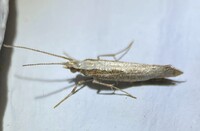
| Recorded by: Dean Furbish on 2025-11-08
Wake Co.
Comment: | 
| Recorded by: R. Newman on 2025-08-30
Carteret Co.
Comment: |
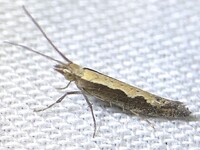
| Recorded by: Dean Furbish on 2025-08-26
Wake Co.
Comment: | 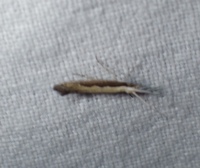
| Recorded by: Sarah Toner on 2025-07-22
Tyrrell Co.
Comment: iNat record - https://www.inaturalist.org/observations/300571801 |

| Recorded by: Ken Kneidel on 2025-07-19
Mecklenburg Co.
Comment: | 
| Recorded by: Dean Furbish on 2025-07-03
Wake Co.
Comment: |
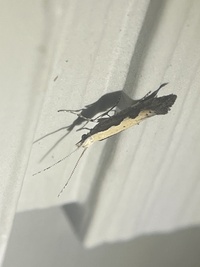
| Recorded by: Larry Chen, Sarah Toner on 2025-06-25
Dare Co.
Comment: | 
| Recorded by: Mark Basinger on 2025-06-02
Brunswick Co.
Comment: |

| Recorded by: R. Newman on 2025-06-02
Carteret Co.
Comment: | 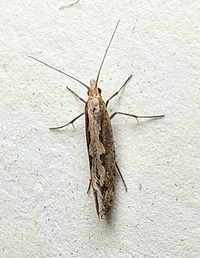
| Recorded by: Mark Basinger on 2025-05-24
Wilson Co.
Comment: |
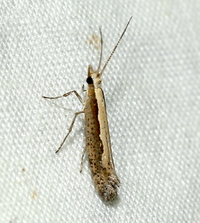
| Recorded by: David George, Jeff Niznik, Brian Bockhahn on 2025-05-09
Cumberland Co.
Comment: | 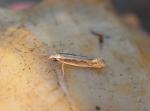
| Recorded by: R. Newman on 2025-05-06
Carteret Co.
Comment: |
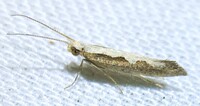
| Recorded by: Dean Furbish and Joy Wiggins on 2025-05-02
Pender Co.
Comment: | 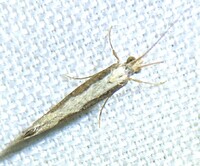
| Recorded by: Dean Furbish and Joy Wiggins on 2025-05-01
Pender Co.
Comment: |

| Recorded by: Dean Furbish on 2025-04-29
Pender Co.
Comment: | 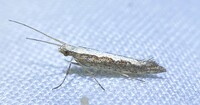
| Recorded by: Dean Furbish and Joy Wiggins on 2025-04-28
Pender Co.
Comment: |

| Recorded by: Dean Furbish and Joy Wiggins on 2025-04-27
Pender Co.
Comment: | 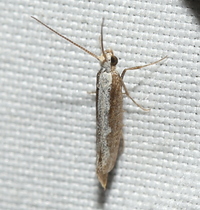
| Recorded by: David George, Bonnie Eamick on 2025-04-25
Wake Co.
Comment: |
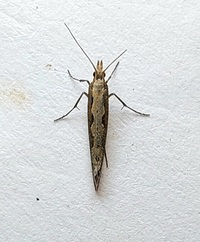
| Recorded by: Mark Basinger on 2025-04-24
Brunswick Co.
Comment: | 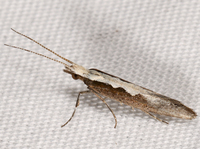
| Recorded by: John Petranka, Jim Petranka, Becky Elkin on 2025-04-14
Bladen Co.
Comment: |
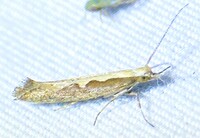
| Recorded by: Dean Furbish, Lior S. Carlson on 2025-04-05
Orange Co.
Comment: | 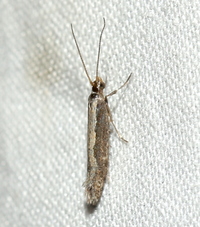
| Recorded by: David George on 2025-04-04
Durham Co.
Comment: |
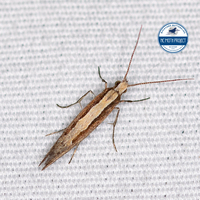
| Recorded by: Lior S. Carlson, Dean Furbish on 2025-04-04
Orange Co.
Comment: | 
| Recorded by: Lior S. Carlson, Dean Furbish on 2025-04-04
Orange Co.
Comment: |
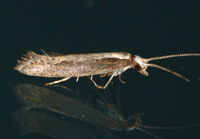
| Recorded by: Jim Petranka on 2025-03-31
Madison Co.
Comment: Specimen dissected. | 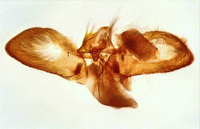
| Recorded by: Jim Petranka on 2025-03-31
Madison Co.
Comment: |
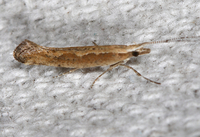
| Recorded by: Jim Petranka on 2025-03-18
Madison Co.
Comment: | 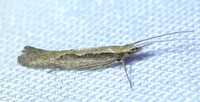
| Recorded by: Dean Furbish on 2025-02-07
Wake Co.
Comment: |

| Recorded by: Dean Furbish on 2025-02-06
Wake Co.
Comment: | 
| Recorded by: Dean Furbish on 2025-02-01
Wake Co.
Comment: |
|

 »
»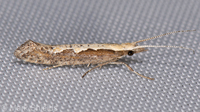
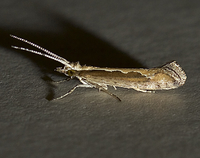
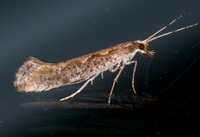

 »
»

